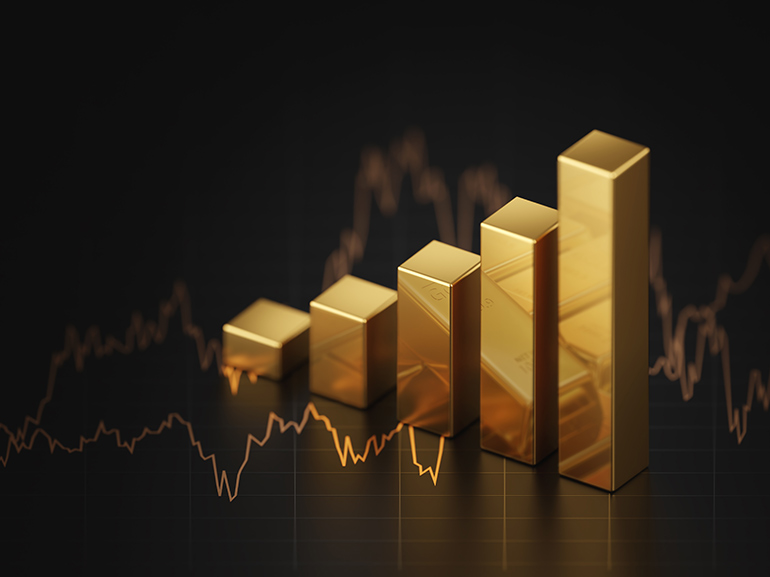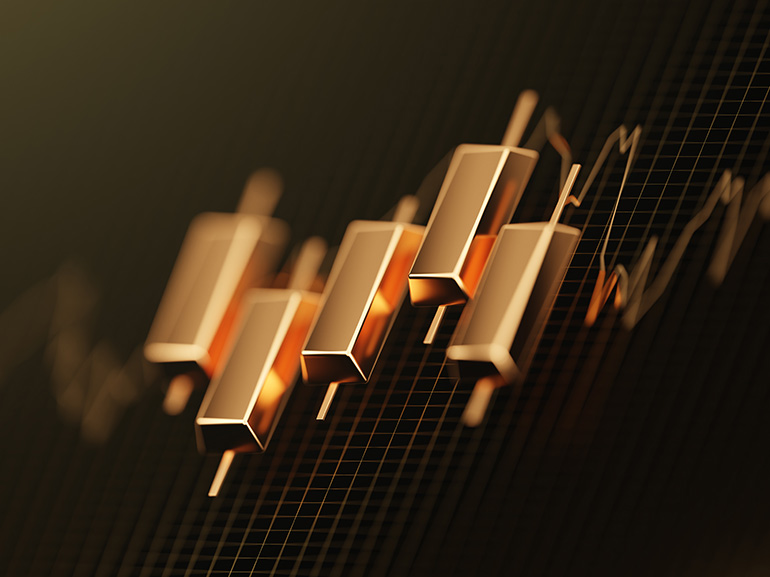Gold XAU
Buy and sell Gold CFDs. Gold (XAU) is a precious metal commodity known for its safe-haven appeal and is used to make electronics and more. Gold trading prices are expressed in US dollars. Bloomberg
Traders' Sentiments
Info
Buy and sell Gold CFDs. Gold (XAU) is a precious metal commodity known for its safe-haven appeal and is used to make electronics and more. Gold trading prices are expressed in US dollars. Bloomberg
| Spread | 0.57 | Spread (%) | 0.02% |
|---|---|---|---|
| Overnight funding - Buy | -0.0365% | Overnight funding - Sell | -0.0073% |
| Initial margin | 0.67% | Maintenance margin | 0.33% |
| Leverage | 1:150 | Expires daily | No |
Related Instruments
| Name | Sell | Sell button / Change | Buy | Change | ||
|---|---|---|---|---|---|---|
| Sell | Buy | Trade |
What is Gold?
How do I trade Gold?
- Choose how you want to trade Gold
- Learn about the Gold Commodity CFD
- Open and verify your Plus500 account
- Plan your Gold trading strategy
- Start trading!
Explore Commodities
Related News & Market Insights
Why Plus500?
Gold FAQ
Gold is a commodity subgroup and is one of the world's most traded precious metals. Other popular precious metals include silver, copper and platinum. Gold’s price is quoted per troy ounce (oz t), in US dollars. As such, it is often seen as a currency - XAU or XAU/USD.
The main drivers for the price of gold are the aggregate supply and demand for the numerator (XAU) versus the value of the denominator (USD).
Find out what other factors can shift Gold prices in our "What Moves Gold's Price" article.
Among the main factors determining gold prices are:
Geopolitical tensions and uncertainty - Political uncertainty, and/or instability is probably the single most influential factor determining the price of gold. Not knowing what will happen to political, social and economic realities has a psychological effect on day traders who hope to profit from changes in gold and other financial instruments.
Monetary policies of leading economies - particularly US Federal Reserve and People's Bank of China which are the central banks of the world’s two largest economies. Central banks affect global gold markets by purchasing and selling gold bullions in an effort to balance the country’s payments system, and to stabilise their currency’s exchange rate in relation to other foreign currencies (Forex).
Supply and demand - within the commodity markets on which precious metals are traded as futures and on spot markets. Supply and demand of gold correlates to their availability in nature (discoveries) and expected value as an exchangeable commodity.
Follow these steps to trade gold CFDs:
- If you don’t already have a Plus500 account, open a Trading Account Here.
- Complete registration and deposit funds.
- Search for gold under ‘Commodities’ or type ‘Gold’ in the search bar.
* You can add Gold to your Watchlists, by clicking the Watchlists star in the instrument’s info screen. - View gold’s chart indicators and check for events affecting the price of gold on the Economic Calendar.
- Trade gold by opening a position according to the direction you think it will move. You can consider adding stop orders that can help you protect your profits and limit your losses.
Historically, shares and gold are considered opposites. When stock markets rise, the price of gold tends to fall, and vise versa. This has mainly to do with gold’s status as a 'safe haven' (i.e. a financially stable asset) when compared to stocks which are seen as more volatile.
However, when trading gold and shares using leveraged CFDs, the differences between these assets are not so substantial.
Plus500’s leverage ratio for trading gold CFDs is 1:150, meaning with as little as $100 you can gain the effect of $15,000 capital. For a list of all our commodities, click here.
The leverage ratio available for shares CFDs is 1:20. For a list of all our shares, click here.
In addition, please note that as a CFD trader you do not actually own the underlying asset, but rather you are trading on the expected changes in its price, in the form of a Buy or Sell position.






